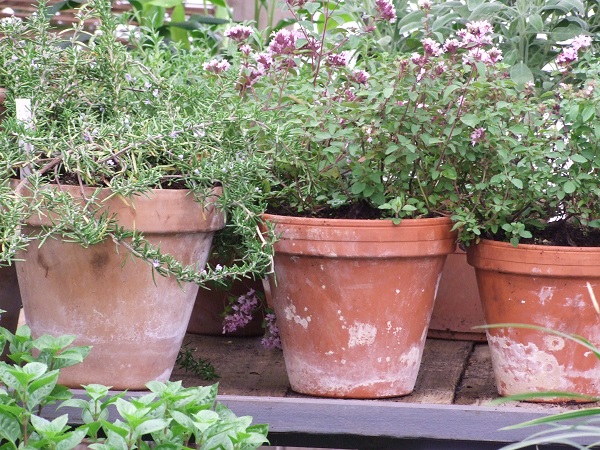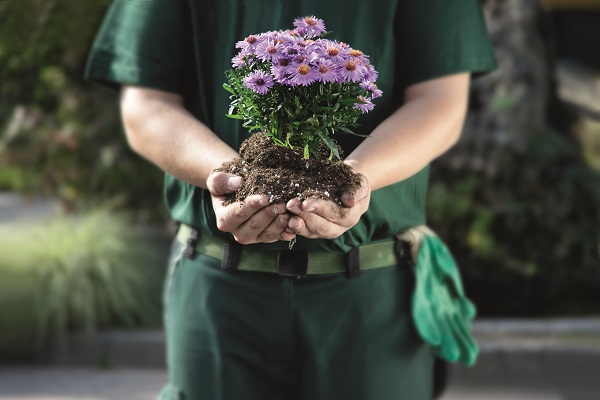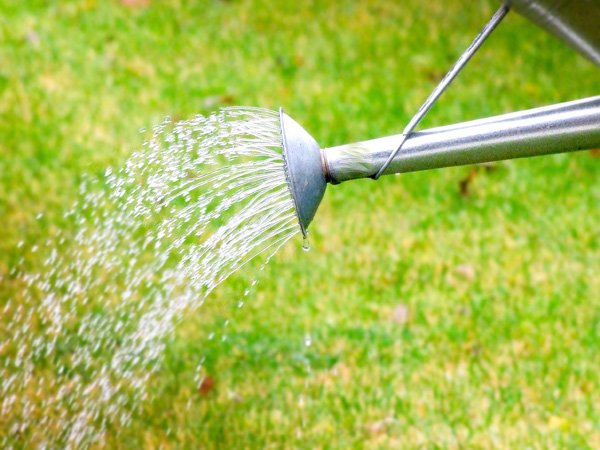Efflorescences on clay pots and planters
The clay pot

is a purely natural product. In comparison to high fired ceramics such as stoneware or porcelain, but also versus plastic pots, they show a high porosity. The clays used may contain water soluble substances in form of mineral compounds. An important role comes to the geographic origin and the chemical mineral composition of the raw materials. Many south european clays contain considerably large amounts of lime which especially tend to show efflorescences
The planting soil

is almost always mixed with additives which ensures the growth of the plant and prevents fungal infestation. These additives need to be water soluble in order to be processed by the roots of the plant. Our own research showes that the chemical composition of the efflorescences is identical to the main ingredients of the planting soil. They consist mainly of sulfates, nitrates, phosphates and sal ammoniac.
The irrigation water

contains, depending on its geographic origin, water soluble minerals which are mainly calcium and magnesium carbonate, sulfates and other salts.
These three elements: Clay pot – soil – water, finally determine if and how quickly efflorescences may occur. The porous wall of the clay pot operates like a filter on whose outer surface the solids condense after the humidity evaporates. The desired high porosity of the clay pot promotes this effect as the mass transport can proceed quicker through the clay wall.
May efflorescences be prevented?
A new pot is usually free of any efflorescence. In order to preserve this look you may seal the surface of the pot. The specialized shops offer a variety of impregnating agents which help to avoid the efflorescences. Plain floor polish may also be used to seal the pots. The clay will lose its porosity, but it will also not effloresce. Fertilizer should be used economically according to the instructions of the product. Too frequent fertilizing will do as much harm to your plant as undernourishment does.


